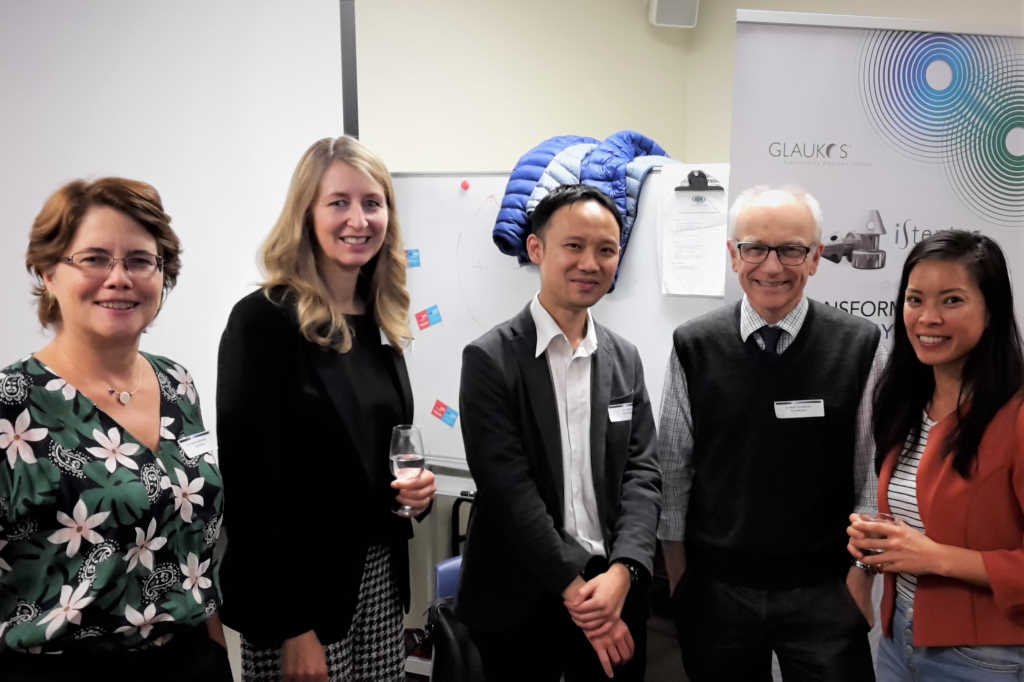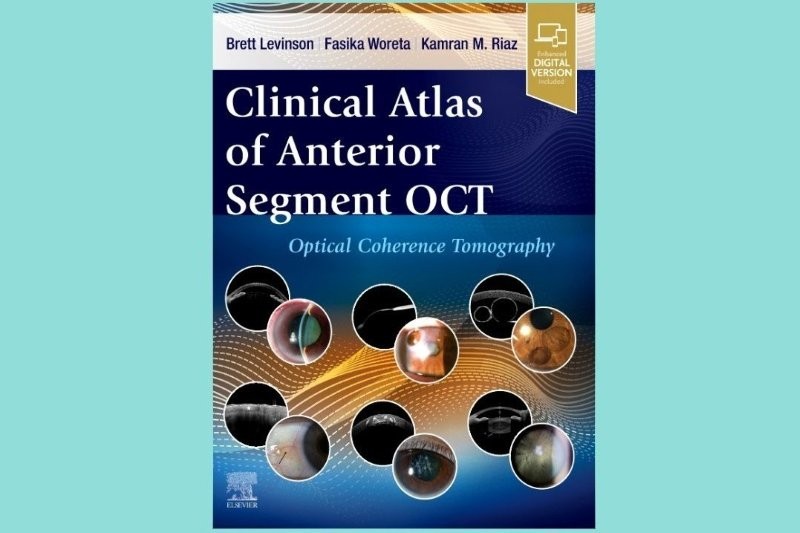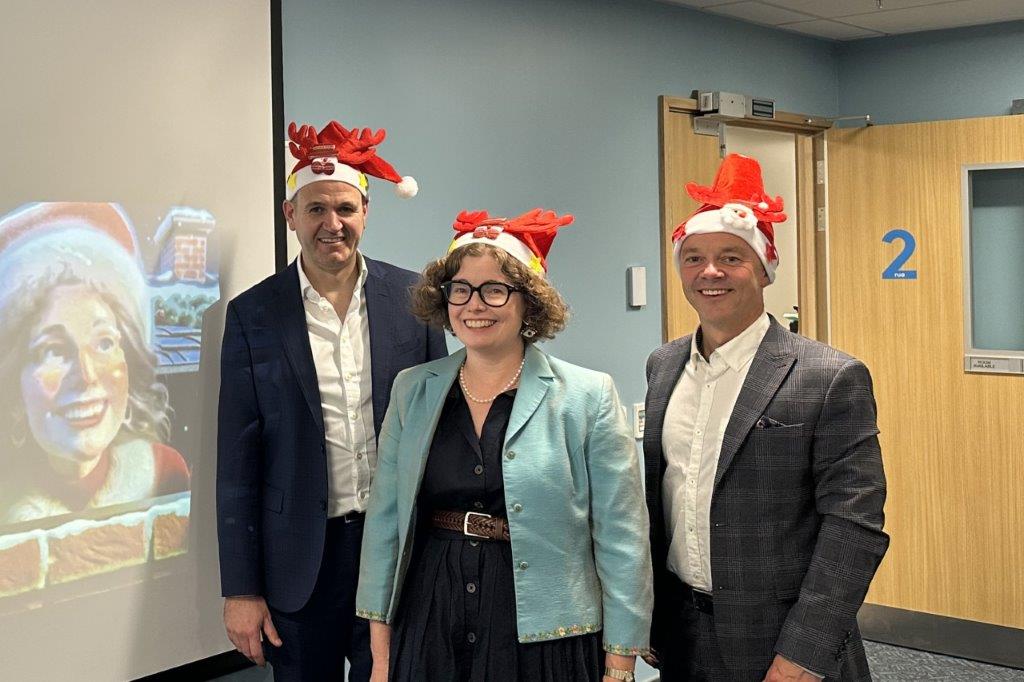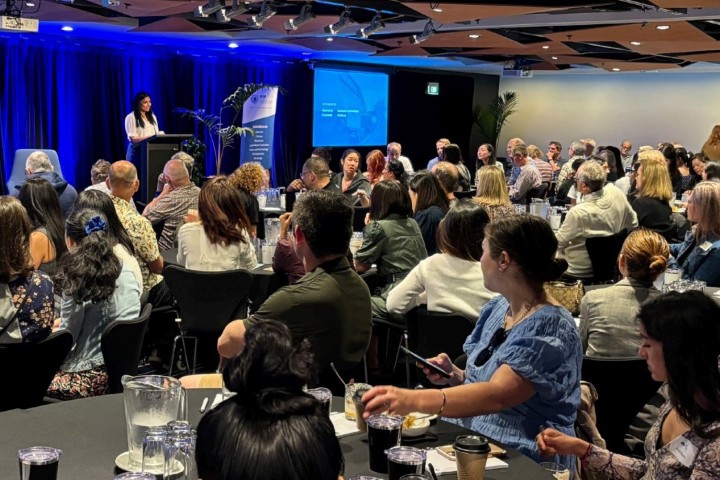A ‘real life’ education evening
As good as Zoom meetings and webinars have been over the Covid-19 lockdown, it was great to be back with some ‘real life’ CPD at the Eye Doctors Grand Rounds at Ormiston Hospital in Auckland in June.
After a quick catch up with colleagues, discussing how we had all coped with the recent changes in our daily lives, the evening was opened by Dr Andrew Riley who shared the results of a recent audit he'd completed.
Young cataracts
Anecdotally, Dr Riley had noticed he was seeing more and more cataracts in younger patients coming through for surgery. He undertook an informal audit to review the causes of the cataracts he’d seen in the last six months in patients under 60-years-old, which accounted for about 12% of the cataract surgeries during that time.
As expected, diabetic patients accounted for 25% of the cases, especially those with higher and fluctuating blood sugar levels. Another cause was G6PD, an x-linked recessive condition which causes oxidative stress and can be exacerbated by fava beans, tonic water and (sadly) red wine. When suspected, it is easily diagnosed by a blood test. Alport syndrome with lenticonus, trauma and a ciliary body lesion accounted for the remainder of the cases where a cause for early onset cataracts could be established.
The importance of discussing the loss of functional accommodation after surgery with these younger patients was also covered as this is not such an issue with older cataract patients.
Dealing to glaucoma meds
Dr Mark Donaldson spoke next about his experiences using the iStent Inject trabecular bypass device from Glaukos Technologies. The results of the Inject trial, published last year, described 84% of patients being medication free at 23 months. The device is most suitable for mild to moderate cases of primary open angle glaucoma, especially when combined with cataract surgery as the angle becomes fully opened, allowing insertion of the stent, said Dr Donaldson. There are still some discussions going on with insurance providers about funding the device, but optometrists are well placed to educate suitable patients about the options for minimally invasive glaucoma surgery (MIGS) when discussing treatment options with their glaucoma and cataract patients.
Sub-macular haemorrhages
Dr Joel Yap then shared two recent cases of submacular haemorrhage, one related to PCV (polypoidal choriovasculaopthy) and one to a myopic neovascular membrane, which included some excellent intraoperative videos. Although hard evidence (such as randomised control trials) is limited, in some cases pneumatic retinopexy has been shown to displace the sub-foveal blood resulting in improvement in both retinal anatomy and vision. Dr Yap’s second case achieved a post-op vision of 6/9. Best results are obtained when the procedure is performed as early as possible due to toxicity to the photoreceptors by the blood, he said.
Paediatrics to acne
After a short break, Dr Penny McAllum presented an interactive talk about the under-diagnosed condition of acne rosacea and associated ocular rosacea. This included treatment options, the use of doxycycline versus azithromycin from both a convenience and efficacy point of view, and input from the audience about their own experiences with different lid treatments for associated meibomian gland dysfunction, including different tea-tree oil preparations.
Dr Julia Escardo-Paton concluded the evening with an excellent summary of the more than 18 Paediatric Eye Disease Investigator Group (PEDIG) studies, undertaken by a collaborative group of US-based paediatric ophthalmologists and optometrists, formed in 1997, across many years and multiple centres.
Treatment options for amblyopia include patching and penalisation, either optical, fogging or with atropine. The most suitable option will depend on adherence to treatment plans by the child and parent as well as tolerance of previous treatment modalities, said Dr Escardo-Paton.
Overall, the evening was entertaining and educational, and allowed us to participate in the social aspect of catching up with friends and colleagues that ultimately no webinar can offer!
Richard Johnson is a therapeutic optometrist with the Greenlane Emergency Eye Clinic in Auckland, where he’s closely involved with the glaucoma, medical retina and paediatric clinics. He’s also a long-standing VOSO trustee and former CCLS councillor and NZ Eye Bank Trustee.


























